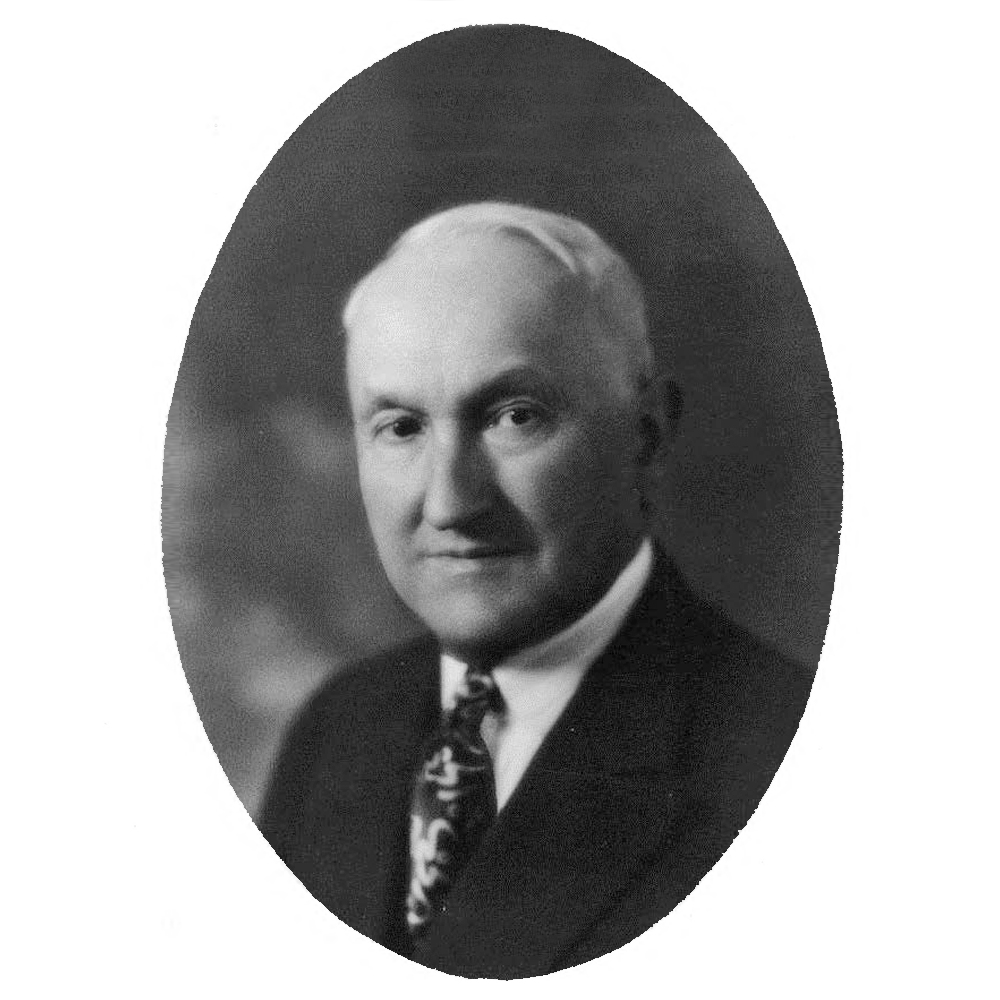Images Courtesy of Suzanne Becker Bronk
The Rutherford AVA is a centrally located Napa Valley sub-appellation on the valley floor, known for its warm abundant sunshine and cool evenings, which is well suited to wine production. Also known for its numerous historic and famous vineyards.
Rutherford is located at the widest part of Napa Valley, therefore the vines enjoy the most sun of any of the valley floor appellations. This makes for phenolically ripe wines with soft tannins and dense fruit. The benchland, which has deep gravelly soils and protection from the hot sun, imbues a nobility and elegance into the mix, along with distinctively grainy tannins which some associate with the term “Rutherford Dust.” The western benchland is protected from the hot afternoon sun by the mountains of the Mayacamas; across the valley, along the eastern edge of the appellation, a complex series of hills and folds in the Vacas make for a series of unique microclimates.
Rutherford is home to some of Napa Valley’s most famous and historic wineries but it also contains some large tracts of vineyard holdings by larger farming operations. Cabernet Sauvignon is the dominant grape here but Sauvignon Blanc is also plentiful and being planted this far north makes for an especially charming and tropical wine.

The Rutherford AVA is located in what was the original Rancho Caymus land grant that was awarded to early Napa Valley pioneer George C. Yount in 1836. The land grant consisted of two leagues of land bestowed by Governor Nicolas Gutierrez, with influence from Yount's friend General Mariano Vallejo. In 1864, George Yount gave a 1040 acre portion of the rancho to his granddaughter Elizabeth and her new husband Thomas Rutherford as a wedding gift and the area still bears their name to this day. While George Yount is considered the first person to plant grapevines in Napa Valley, the Rutherfords were among some of the early Napa winemakers as well, planting vineyards through the late 1880's.
In the late 1880's the root louse Phylloxera infested much of Napa County, slowing wine production in most areas to a standstill. However, grapevine planting and growing in Rutherford were not affected as much as other regions in the Napa Valley. The first person to import grapevines with Phylloxera resistant rootstock was Georges de Latour, who purchased four acres of land near Rutherford in 1900 and named it "Beaulieu" or "Beautiful Place." De Latour went on to become a prominent supplier of Phylloxera resistant rootstock to other vineyards throughout California.
In 1920 with the passing of Prohibition, many Napa Valley wineries were forced to shut down or begin producing grape juice instead. Through his close connection with the Catholic Church, Georges de Latour was able to stay in business by producing Sacramental Wine for religious ceremonies.
After the repeal of Prohibition in 1933, De Latour continued to produce fine table wines for the public and gain recognition for Napa Valley as a region producing high quality wines. De Latour's Beaulieu winery and nearby Inglenook winery began to earn gold medals in international competition and in 1939 Rutherford's reputation for fine wines was established when Georges de Latour won a gold medal at the Golden Gate International Exposition for his 1936 vintage Cabernet Sauvignon.
In addition to solidifying Rutherford's status as a fine wine producing region, Georges de Latour also inspired a younger generation of many of the region's more contemporary winemakers such as Andre Tchelistcheff. During his career as a winemaker, Tchelistcheff introduced new methods of winemaking including vineyard frost protection, cold fermentation and malolactic fermentation and was the creator of the original "Georges de Latour Private Reserve" label.
Rutherford AVA was officially recognized as an American Viticultural Area in 1993 and today is home to some of Napa Valley's most historical and critically acclaimed vineyards and wineries.
"Rutherford’s benchlands, marked by varying alluvial fans, produce rich, dense and often famous Cabernet Sauvignons. Riparian sites here, scoured over the eons by the Napa River have a broad variety of soil types and textures. These soils produce wines, including Sauvignon Blancs, characterized by remarkable elegance, complexity and understated power. "
- Kristin Belair, Honig Vineyard & Winery
New world white Bordeaux Sauvignon Blanc & Semillon from Rutherford Benchlands. Clones originate from Chateau d'Yquem.
The wine opens with concentrated aromas expressing characteristics of the famed Rutherford Dust.
From the historic property originally planted by Georges de Latour in Rutherford circa 1928, this wine exhibits a profile unique to our family and the Rutherford American Viticultural Area.
This Rutherford AVA Sauvignon Blanc is a true expression of the varietal with bright fresh acidity with aromas of lemongrass, grapefruit, Bearss lime, honeydew melon, and kiwi.